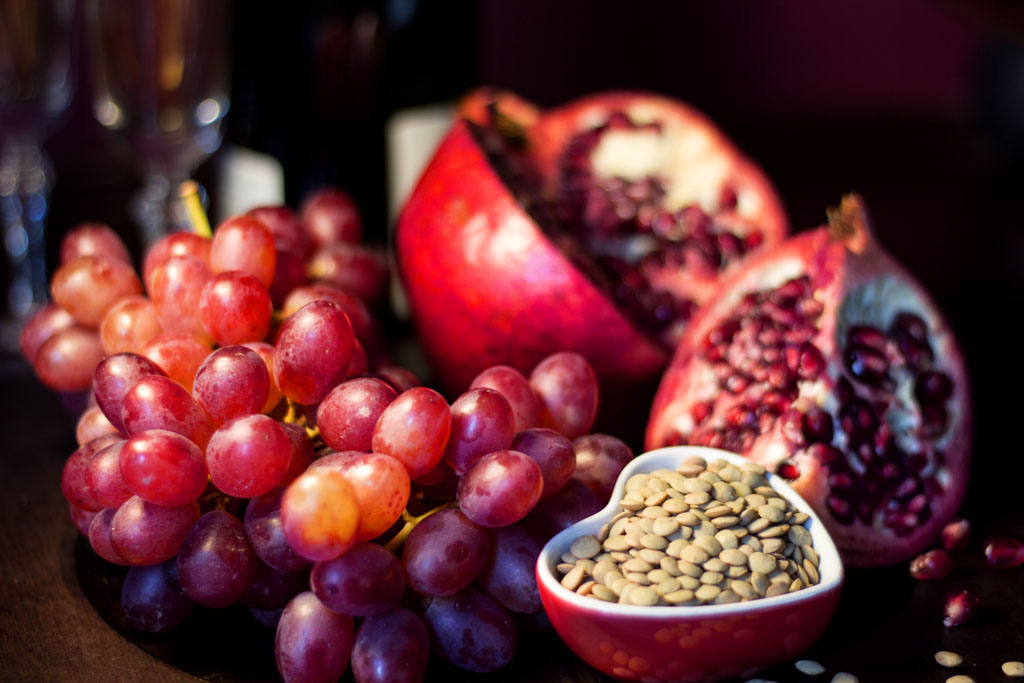The holiday celebrations in Greece are as splendid and varied as the Greek experience overall. This devout land, rich in traditions, marks the Christmas, New Years, and Epiphany season in unique and beautiful ways, with individual regional customs that recognize the local topography, gastronomy, musical traditions, and cultural heritage. Here are some of the most noteworthy among many.
Crete – The Representation of Christ’s Manger in the Cave of Marathokefalas
All over Greece the Manger Scene is a centerpiece of municipal celebrations as communities commemorate the birth of Christ. The Cave of Marathokefalas, in Crete, has one of the most famous Nativity Scenes in Greece. Located west of Chania, Crete, near the base of the Rodopou peninsula, this cave is known also as the Cave of St. John the Hermit, who is credited with the establishment of the monastic tradition on the island of Crete. Rich in sacred tradition, pilgrims come here to collect holy water that drips from the rock, to visit the 15th century temple, and see the cells of monks which date to the 17th and 18th centuries. Above all though, they come for the representation of the Nativity of Christ, a wonderful recreation that takes place on Christmas eve, complete with live animals. This Nativity scene is among the most famous in Greece.
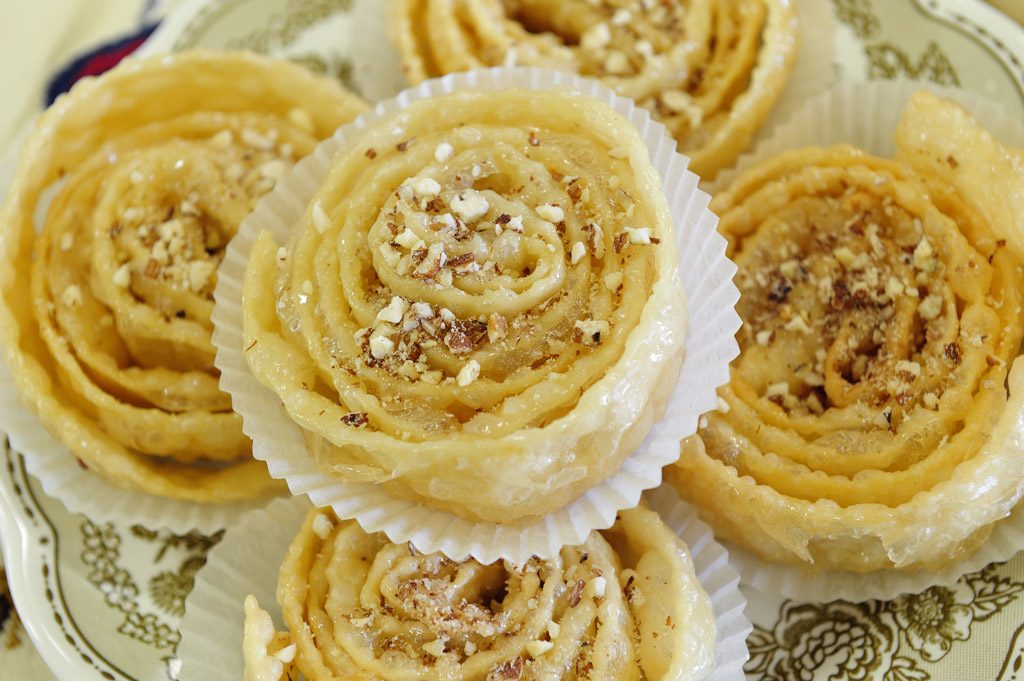
Winter is a magnificent time to visit Crete. This famously mountainous island offers winter snows on its peaks, special regional holiday dishes such as “Christopsomo” – the bread of Christ – and holiday carols. The Venetian charm of Chania, Rethymnon, and Heraklion are awash in holiday glow, and the tourists are few, so one can truly enjoy the local culture.
Epirus – The Flaming Yew
Glorious Epirus, with its snow-kissed peaks and forests is at its very best during the holiday season. Famous monasteries, splendid hiking and the rustic yet refined regional specialties and excellent wines to warm up with by the fireplace afterwards, this is one of Greece’s finest winter destinations for religious tourism, adventure, and gastronomy. Charming and elegant boutique accommodations and numerous cultural attractions add to Epirus’ winter appeal.
 They also have a wonderful holiday custom which is indeed as festive as it sounds: the ‘Flaming Yew.” When the shepherds made their way through the night to greet the baby Jesus at his birth, they needed light to safely make their way through the darkness. They gathered dry yew tree branches and set them alight – this provided not only the light of the fire, but lots of crackling and rattling. In Epirus, honoring this tale, the residents carry flaming branches of yew or bay which crackle and squeak as they burn – a festive holiday sound. In the enchanting mountain village of Papingo, particularly, this glowing tradition holds strong as residents stroll about with flaming branches, wishing each other good cheer.
They also have a wonderful holiday custom which is indeed as festive as it sounds: the ‘Flaming Yew.” When the shepherds made their way through the night to greet the baby Jesus at his birth, they needed light to safely make their way through the darkness. They gathered dry yew tree branches and set them alight – this provided not only the light of the fire, but lots of crackling and rattling. In Epirus, honoring this tale, the residents carry flaming branches of yew or bay which crackle and squeak as they burn – a festive holiday sound. In the enchanting mountain village of Papingo, particularly, this glowing tradition holds strong as residents stroll about with flaming branches, wishing each other good cheer.
Peloponnese/Messenia – Breaking the Pomegranate
The Peloponnese is one of Greece’s most storied destinations, as rich in archaeology and lore as it is in traditional and natural beauty. Winter is a fantastic time to visit, when it is free of crowds, and the air is kissed with frost and plenty of holiday magic.
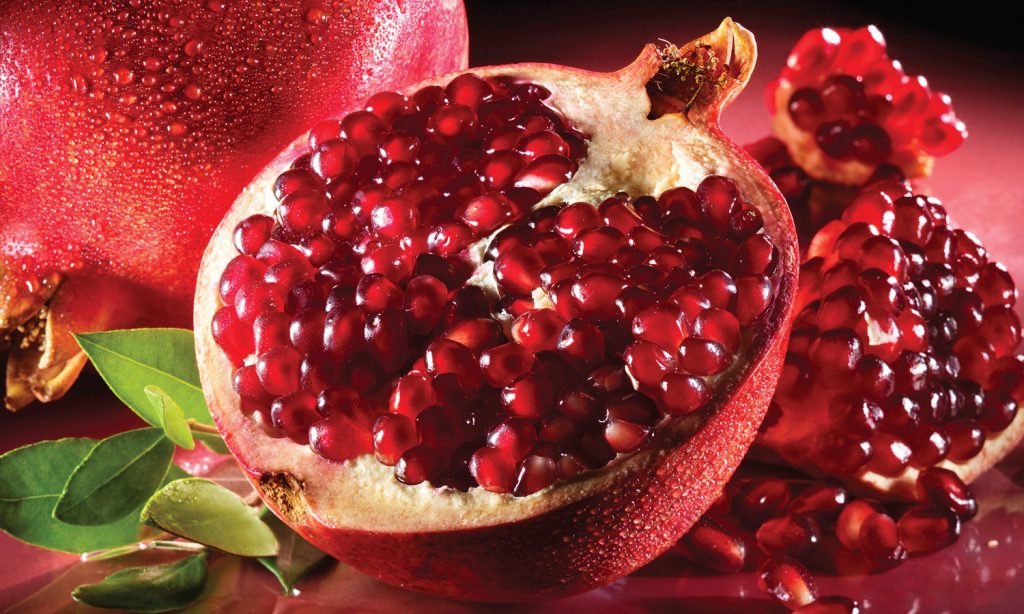 The pomegranate has been a fruit of deep significance in Greece since antiquity. In contemporary Greece, it continues to play a vital symbolic role as a bearer of abundance and good fortune, symbolized by its many ruby red seeds. These glisten like jewels as they tumble out of the pomegranate when it is smashed(!) with zeal at the entrance to the household at the ringing in of the New Year. Sometimes, the pomegranate has been blessed at the church beforehand, for even greater significance.
The pomegranate has been a fruit of deep significance in Greece since antiquity. In contemporary Greece, it continues to play a vital symbolic role as a bearer of abundance and good fortune, symbolized by its many ruby red seeds. These glisten like jewels as they tumble out of the pomegranate when it is smashed(!) with zeal at the entrance to the household at the ringing in of the New Year. Sometimes, the pomegranate has been blessed at the church beforehand, for even greater significance.
This association of the pomegranate with abundance and joy means that it is a common symbol of the year, appearing also on many “gouri” – the New Year’s charms for good luck. The breaking of a pomegranate is now common in many regions of Greece, but this festive tradition has its roots in the Peloponnese.
Macedonia: Arnaia, Halkidiki- The Christ Bread (“Christopsomo”)
Most people think of Halkidiki as a premium beach destination, and they are correct – it is – with one of the greatest concentrations of Blue Flag beaches in Greece. But Halkidiki is much, much more than that. This lush green peninsula in Macedonia also has charming pine-covered mountainous regions with traditional stone architecture, wonderful gastronomy, and strong local traditions, especially during the holidays.
Arnaia is one of the principal mountain villages of Halkidiki, bathed in cool mountain waters, and with a magnificent church – Agios Stephanos – which has a glass floor, revealing the precious antiquities over which it is built.

Arnaia is also famous for another custom – the “Christopsomo” or Bread of Christ. This bread contains nuts and excellent local honey – foods full of nutrients and energy to symbolically nourish the Christ child. It is also huge – the professional bakers of Arnaia come together and try to outdo themselves by making a bread as large as they can – sometimes as much as 400 kilos. There is more than enough good cheer – and Christopsomo – to go around. This happens on Christmas Eve in the central square, to the accompaniment of the local philharmonic and choir.
Cyclades: Syros – New Year’s Carols
One of the most wonderful holiday traditions throughout Greece are the holiday carols – there are specific carols for each of the main holidays – Christmas, New Years and Epiphany, and they are sung on the day before their respective holidays, very often by children going door to door, in exchange for a small treat or some coins to bring them good fortune.
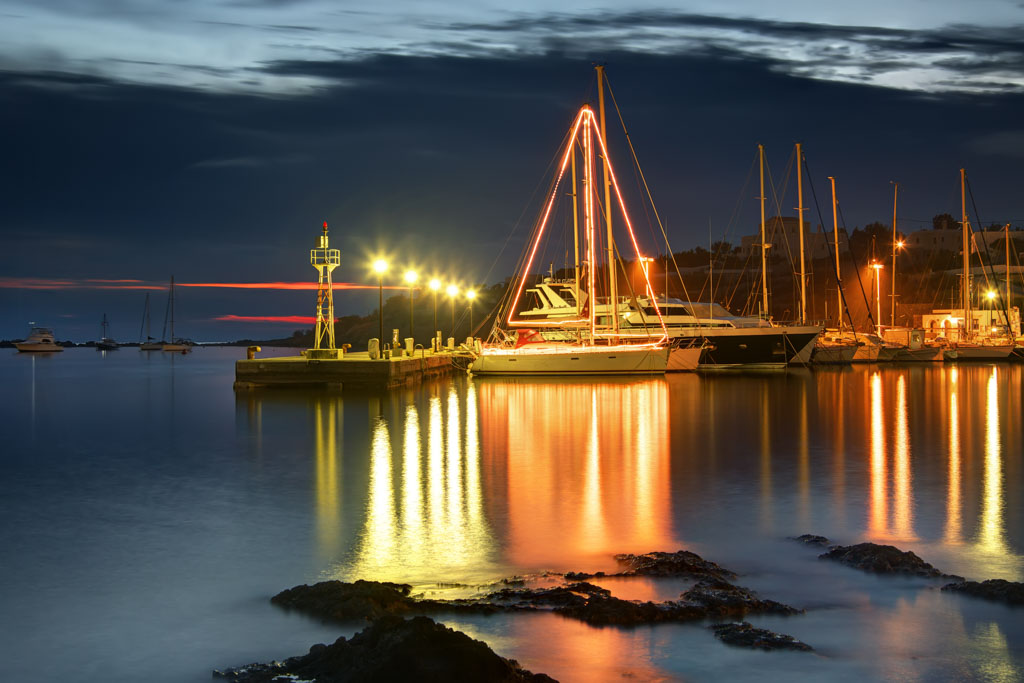
On the island of Syros, the elegant neo-classical gem of the Cyclades, the custom of caroling is truly very special. It is not just celebrated by children, but also by adults. And rather than just a jolly Christmas hat as one may see elsewhere in Greece, the carolers go all out – dressing in traditional costume, and carrying with them a small decorated boat.
 Throughout Greece, the boat is actually a more traditional symbol of the season even than the now beloved Christmas tree; in many communities, a decorated boat covered with lights joins the Christmas Tree in the town square. In this seafaring nation, the boat brings loved ones home. But more importantly still, it represents the new life of humanity after the birth of Christ.
Throughout Greece, the boat is actually a more traditional symbol of the season even than the now beloved Christmas tree; in many communities, a decorated boat covered with lights joins the Christmas Tree in the town square. In this seafaring nation, the boat brings loved ones home. But more importantly still, it represents the new life of humanity after the birth of Christ.
Ionian Islands: Kefalonia – Songs and Sprays of Perfume
The Ionian Islands have many traditions unique to themselves. Sharing a sea with neighboring Italy, and having long been occupied by the Venetians, and then governed for a period by the British, they often have a different touch in the way they do things, tasted in their elegant dishes and seen in the lovely architecture.
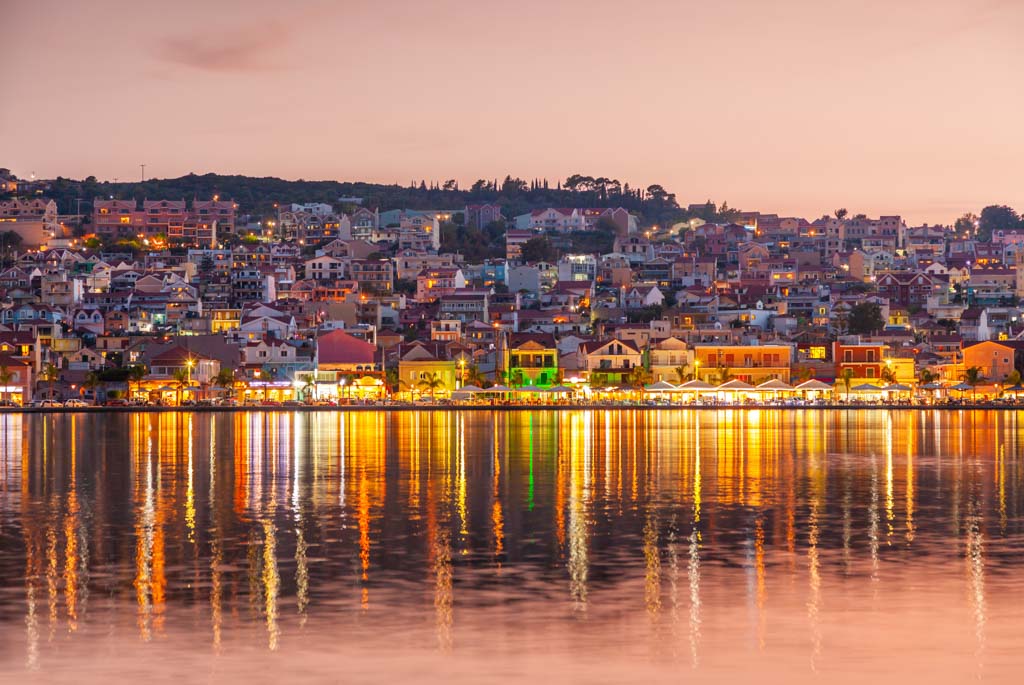
Their holiday customs are also unique. On the island of Kefalonia, the traditional carols are played by the local bands and sung as they are elsewhere throughout Greece. But Kefalonia is known for the playful character of its local inhabitants, and so caroling here comes with a special twist – especially in the towns of Argostoli and Lixouri, as they ring out the old year with caroling, the young people also play practical jokes on each other, and splash one another with perfumes for uniquely fun – and very fragrant – celebration.
Holidays in Greece
These are just some of the many wonderful traditions celebrating the holidays in Greece. Wherever one goes, one is sure to be met with much caroling, seasonal gastronomic delights, and about all good cheer and heartfelt devotion.
Have you ever celebrated the holidays in Greece?

